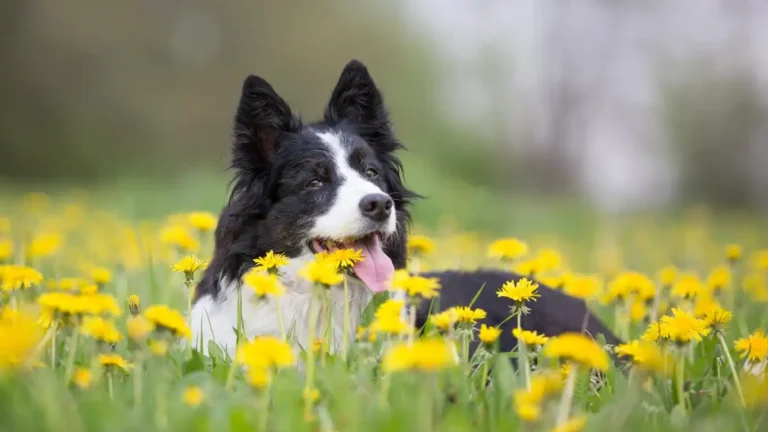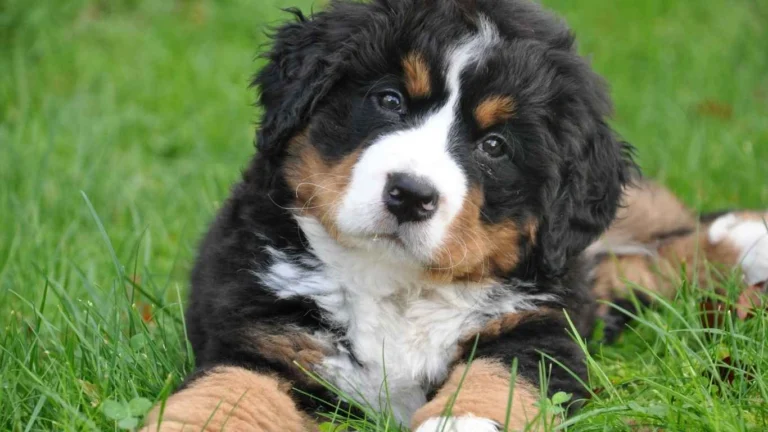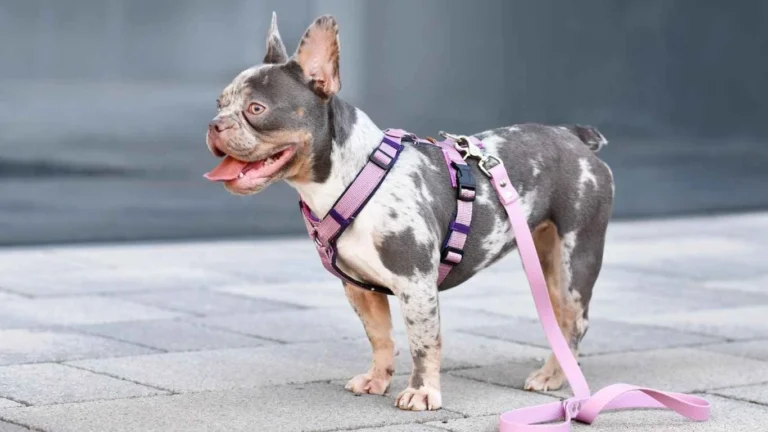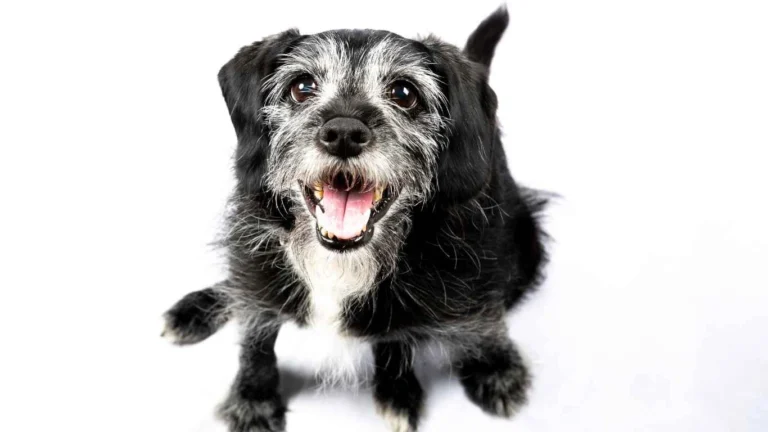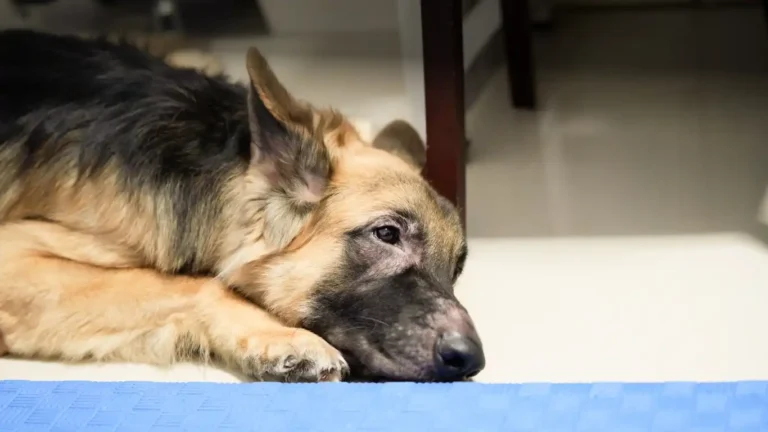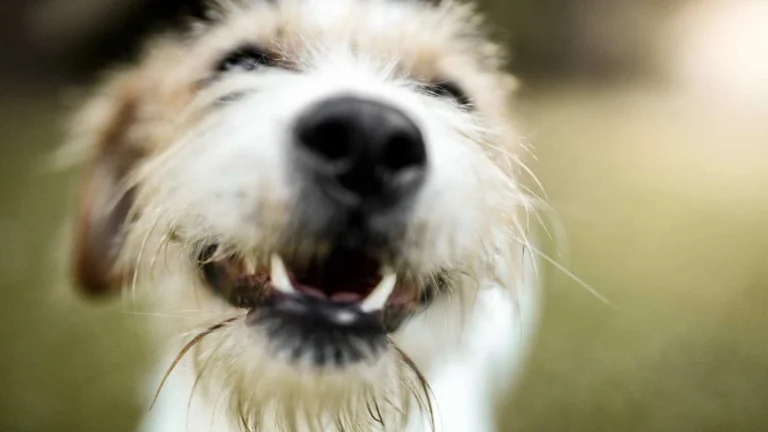Best Diet for Dogs Recovering from Malnutrition: A Complete Guide to Restoring Health
When a dog is recovering from malnutrition, one of the most crucial steps in their healing process is proper nutrition. As a pet nutritionist and someone with hands-on experience in veterinary clinics, I can tell you that the best diet for dogs recovering from malnutrition is not just about feeding them more food, but feeding them the *right* food. I’ve seen so many pets struggle when they haven’t received the nutrients they need to regain their strength. The journey back to health is a balance of providing high-quality protein, vitamins, and minerals while being mindful of the dog’s digestive system, which might be quite sensitive after a period of malnutrition.
The Importance of Proper Nutrition During Recovery
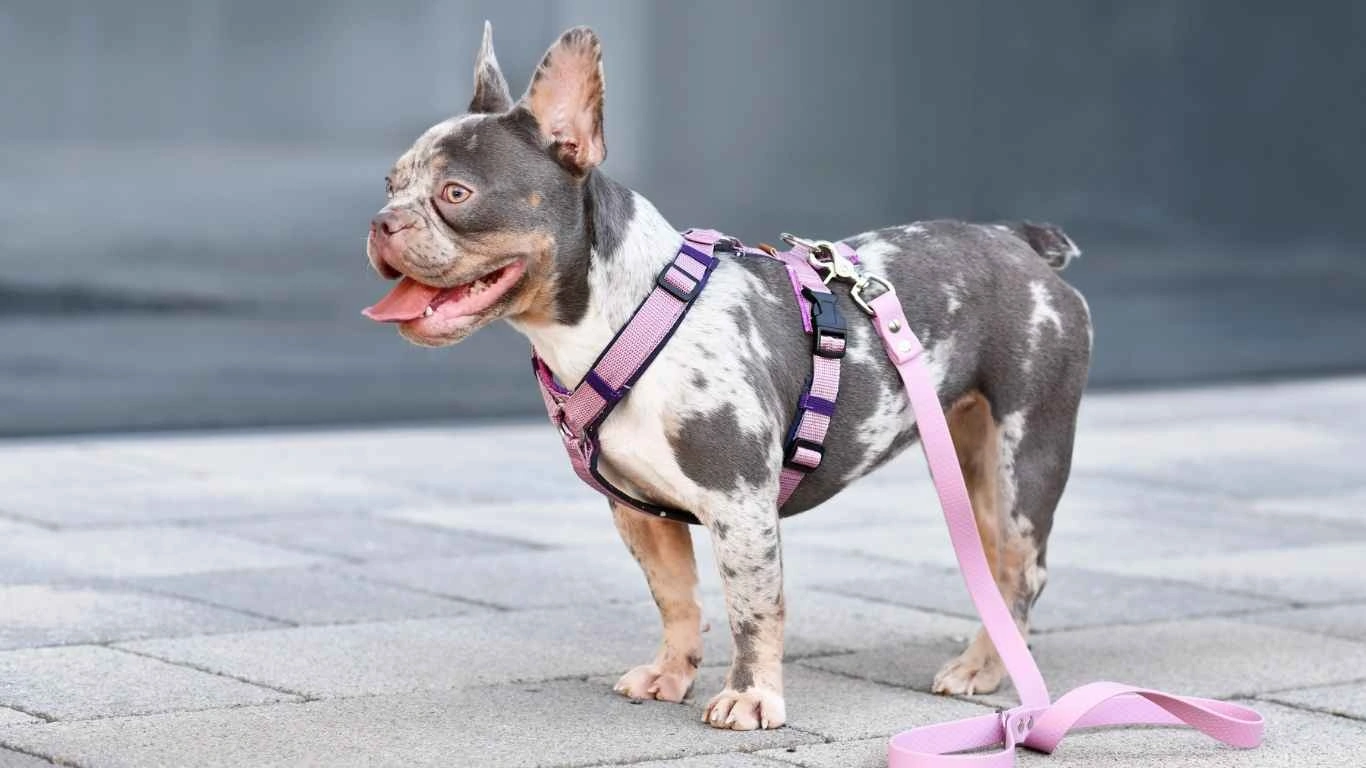
Recovering from malnutrition is not just about gaining weight. It’s about restoring a dog’s overall health and wellbeing. When a dog has suffered from malnutrition, their body may be in a weakened state, and this can affect their immune system, energy levels, and even their coat condition. Proper nutrition plays a role in rebuilding their body tissue, improving organ function, and boosting the immune system to help fight off infections.
As someone who has worked closely with dogs in these situations, I’ve seen firsthand how the right nutrition can make a massive difference. It’s not just about offering food that tastes good or looks appetizing. It’s about choosing foods that are rich in essential nutrients and that provide the energy and building blocks for recovery.
Key Nutrients Dogs Need While Recovering
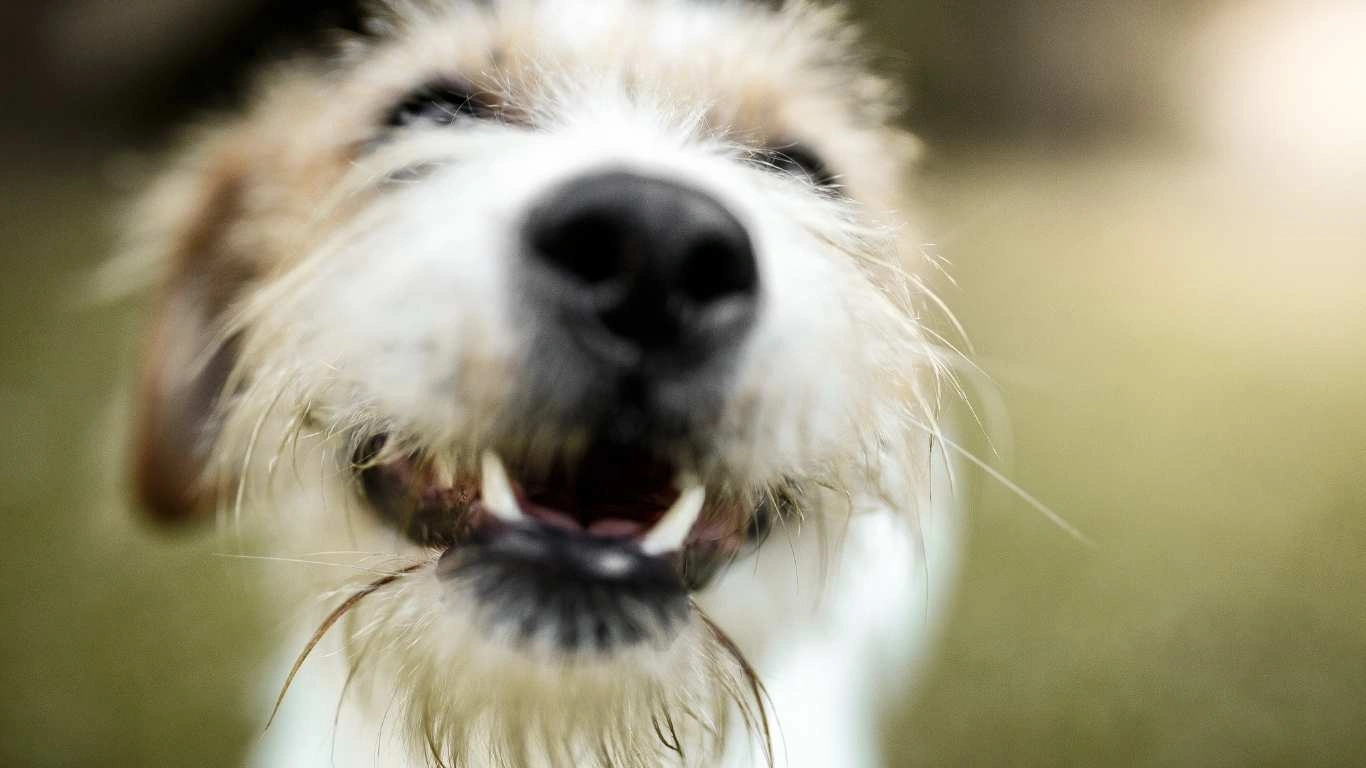
- Protein: Protein is essential for rebuilding tissues and muscles. During recovery, dogs need a high-quality source of protein to help them regain strength. Look for animal-based proteins like chicken, turkey, or beef, as these are more bioavailable for dogs than plant-based proteins.
- Healthy Fats: Fats are a concentrated source of energy and can help a dog gain weight safely. Omega-3 fatty acids, like those found in fish oil, are also beneficial for reducing inflammation and supporting the dog’s skin and coat health.
- Carbohydrates: While dogs don’t require carbohydrates in large quantities, a moderate amount can help provide energy for recovery. Choose easily digestible carbs like sweet potatoes or rice, which are gentle on the stomach.
- Vitamins and Minerals: Malnourished dogs are often lacking in essential vitamins and minerals that help with immune function, bone health, and overall vitality. Key vitamins like Vitamin A, D, and E, as well as minerals such as calcium and phosphorus, should be part of their diet to aid in recovery.
- Digestive Enzymes: After malnutrition, a dog’s digestive system may be compromised. Digestive enzymes or probiotic-rich foods (like kefir or certain dog foods with probiotics) can help restore gut health and improve nutrient absorption.
Each of these nutrients works in harmony to support a dog’s recovery. The key is finding the right balance and making sure that the food you’re offering doesn’t overwhelm their digestive system, which might still be delicate after a period of undernutrition.
What to Look for in a Dog Food for Recovery

When it comes to choosing the best diet for dogs recovering from malnutrition, it’s easy to feel overwhelmed by the wide variety of dog foods available. Not all dog foods are created equal, and picking the wrong one can set back your dog’s progress. Here are some things I’ve learned over the years that will help guide you in choosing the right food for your recovering dog.
1. High-Quality Animal-Based Protein
As I mentioned earlier, protein is essential for a dog recovering from malnutrition. But not just any protein will do. Dogs recovering from malnutrition need high-quality, easily digestible animal-based proteins. This is because animal proteins contain all the essential amino acids that dogs need to rebuild muscle and tissue. Look for dog foods that list real meat, like chicken or beef, as the first ingredient. Avoid foods that rely on fillers like corn or soy, which don’t provide the same nutritional value.
2. Easily Digestible Ingredients
A dog’s digestive system can be very sensitive after a period of malnutrition. Foods with simple, easy-to-digest ingredients are vital. Look for options that feature cooked rice, oats, and sweet potatoes. These carbohydrate sources are gentle on the stomach and help provide sustained energy without irritating the digestive tract.
3. High in Calories
Dogs that have been malnourished often need to gain weight gradually. This doesn’t mean feeding them excessive amounts of food, but you’ll need a calorie-dense diet that helps them gain weight in a healthy manner. Look for foods labeled as “high-calorie” or “high-energy,” which can provide the necessary calories in smaller portions. This is especially important if your dog has a diminished appetite or struggles to eat large meals.
4. Avoid Artificial Additives and Fillers
During the recovery process, it’s important to avoid foods that contain artificial colors, preservatives, or unnecessary fillers. These ingredients can sometimes cause more harm than good, leading to digestive upset or even allergic reactions. Stick to natural ingredients and whole food sources whenever possible.
Choosing the right food is one of the most important decisions you’ll make for your dog during their recovery. A high-quality diet will provide them with the energy and nutrients they need to regain their health, but be patient—recovery takes time. Remember, slow and steady progress is better than rushing the process.
How to Gradually Transition Your Dog to a New Diet
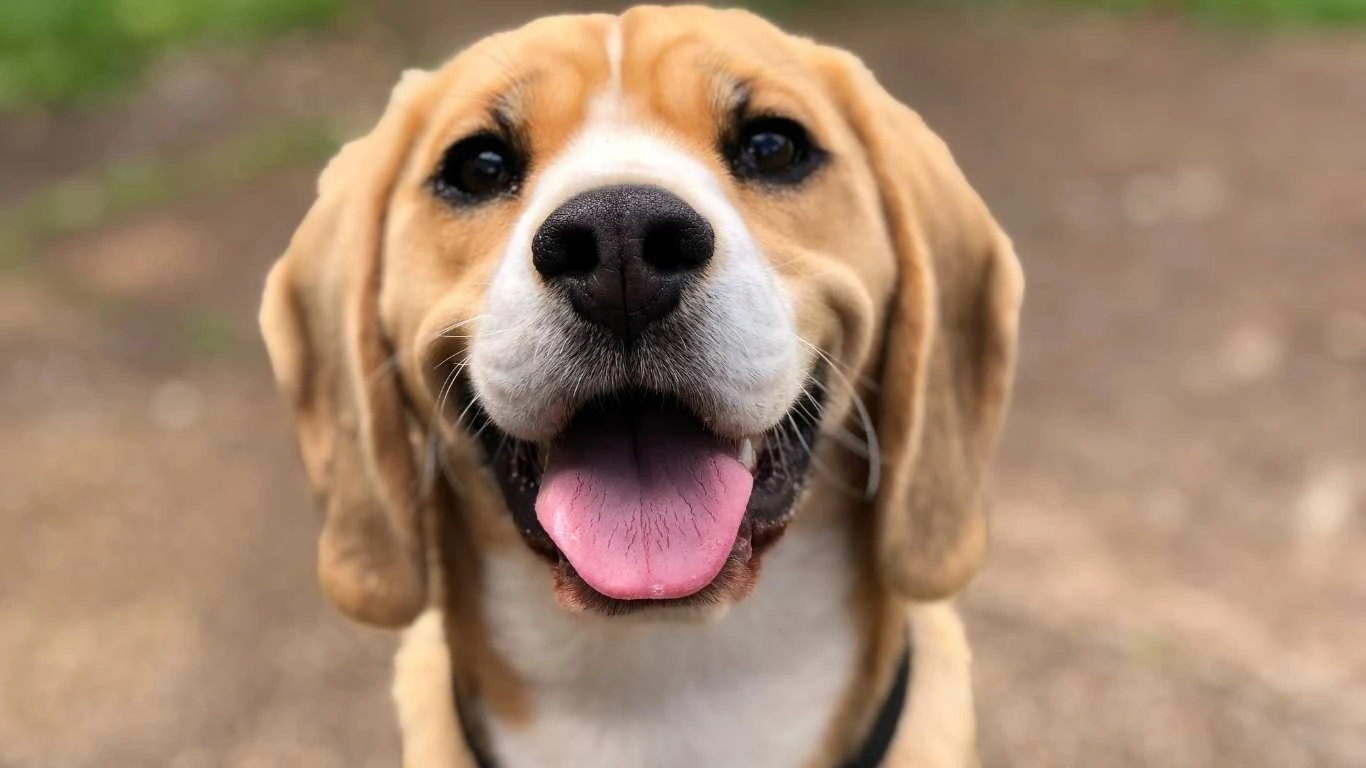
Transitioning a dog from a malnourished state to a healthy weight isn’t something you should rush. I’ve worked with many pet owners who are eager to see fast results, but I always tell them, “Slow and steady wins the race.” Rapid dietary changes can cause digestive upset, which is the last thing your dog needs when they’re already vulnerable. It’s important to ease them into a new diet, allowing their body to adjust at a comfortable pace.
Here’s the thing—after a period of malnutrition, a dog’s digestive system may be more delicate than usual. Their gut bacteria, enzymes, and digestive processes need time to adapt to richer, more nutrient-dense food. When you make a switch, you should do it over 7-10 days to avoid stomach issues like diarrhea or vomiting, which can make recovery even more challenging. So, what does this gradual process look like?
Step-by-Step Diet Transition Plan
One of the things I always suggest to pet owners is to follow a gradual diet plan, which typically looks like this:
- Days 1-3: Start by mixing 25% of the new food with 75% of your dog’s old food. This helps their digestive system begin to get used to the new ingredients without overwhelming it.
- Days 4-6: Increase the amount of new food to 50% while reducing the old food to 50%. Continue to monitor your dog’s stool and appetite closely during this time.
- Days 7-10: By this stage, you can switch to 75% new food and 25% old food. Hopefully, by now, your dog will be adjusting well, and their system will have gotten used to the new diet.
- Day 10 and Beyond: Finally, you can make the full transition to 100% of the new food. This process ensures that your dog’s digestive system doesn’t get shocked, which can lead to discomfort or worse—setbacks in their recovery.
Now, this doesn’t mean you can’t tweak the plan depending on your dog’s specific needs. For example, some dogs may need a longer transition period if they’re extremely sensitive. On the other hand, if you notice your dog adjusting well to the new food, you might be able to speed up the process. But no matter what, always keep a close eye on their digestive health during this time.
The Role of Hydration in Recovery
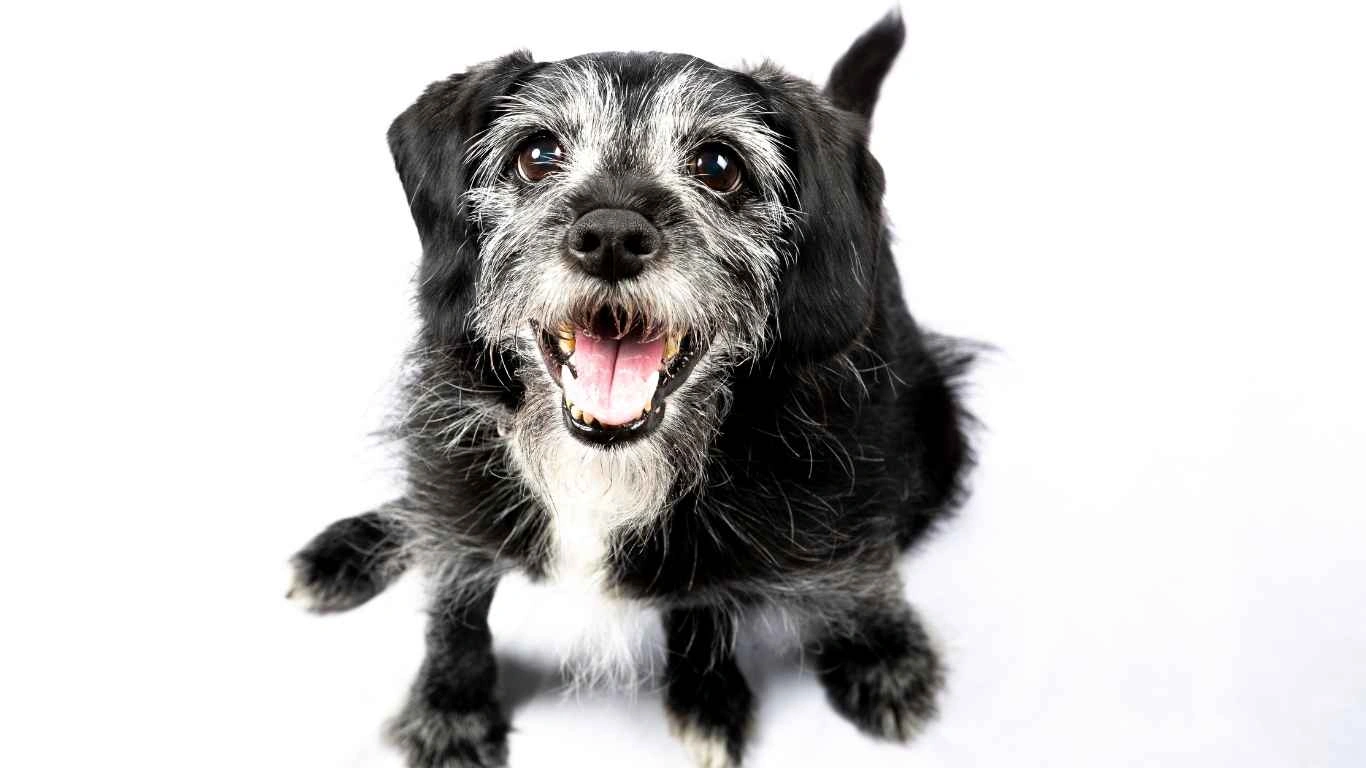
When discussing the best diet for dogs recovering from malnutrition, it’s easy to get wrapped up in the solid food, but don’t forget about hydration. Water is an essential part of any dog’s recovery, and during this process, it plays a key role in digestion, nutrient absorption, and overall health.
Here’s something I always remind pet owners: a malnourished dog may not feel like drinking as much water as they should. If their appetite is off, they’re more likely to skip drinking as well, which can make recovery more difficult. Dehydration, on top of malnutrition, can lead to more serious complications like kidney issues or even worsen the effects of malnutrition itself. Keeping your dog hydrated will help them absorb the nutrients from their food more efficiently, which accelerates recovery.
How to Encourage Hydration
Some dogs recovering from malnutrition may need a little extra encouragement to drink water. Here are a few tricks I’ve picked up over the years that can help boost your dog’s water intake:
- Flavor the Water: Add a splash of low-sodium chicken or beef broth to their water. Not only will this make the water more appetizing, but it’ll also give them some extra nutrients.
- Use a Pet Water Fountain: Many dogs are more likely to drink from a flowing water source. If your dog is hesitant to drink from a bowl, try a pet water fountain to see if that encourages them to drink more often.
- Offer Ice Cubes: Some dogs love ice cubes, especially on warmer days. Try freezing a bit of their favorite broth or even fruit juices (safe for dogs) to give them a tasty, hydrating snack.
- Wet Food or Broth-Soaked Kibble: If your dog is still having trouble getting enough fluids, you can mix in some wet food or soak their dry food in water or broth. This not only adds moisture but also makes their meals more appetizing.
Keeping your dog hydrated can sometimes be as challenging as getting them to eat. But the extra effort is totally worth it in the long run because hydration is an integral part of their healing process. It helps prevent further complications and supports every aspect of recovery, from digestion to skin health.
Feeding Frequency and Portion Sizes
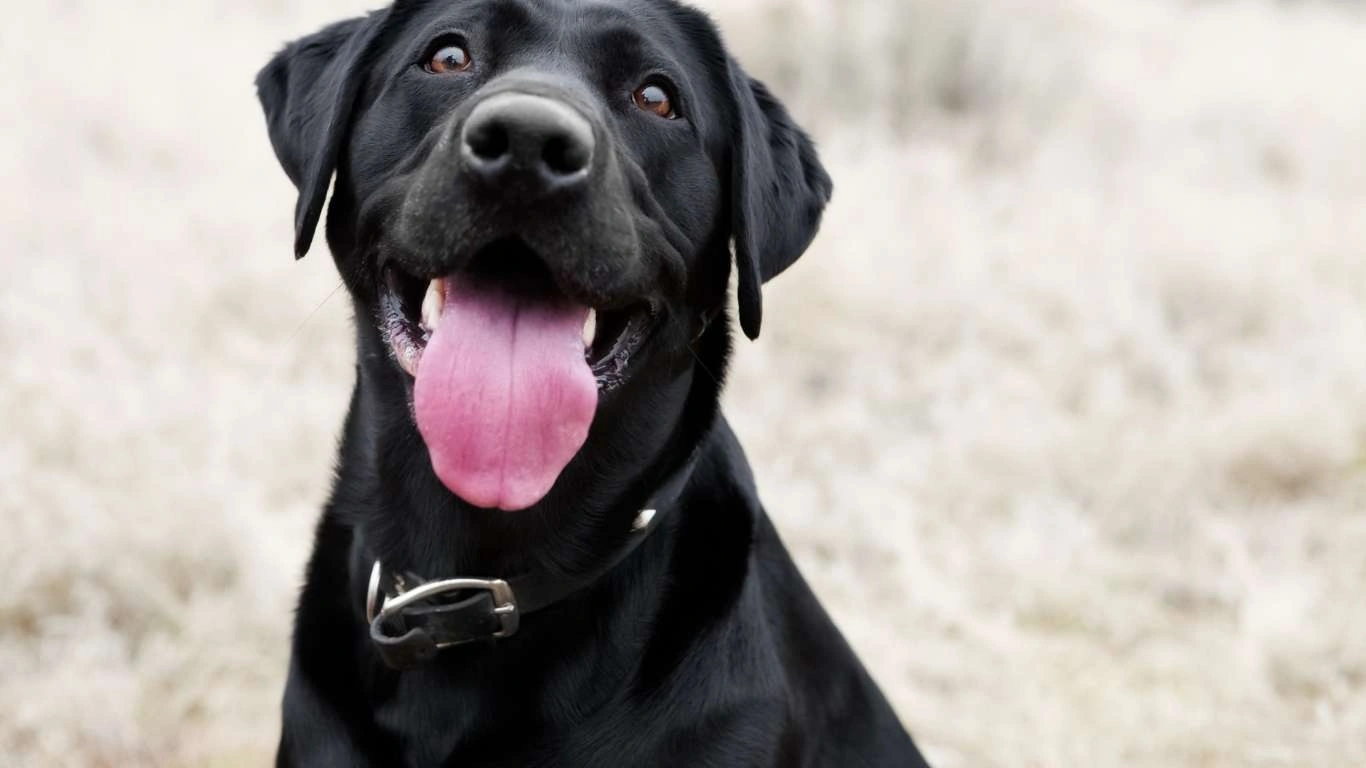
When a dog is recovering from malnutrition, feeding frequency and portion sizes become really important. A common mistake I see is owners trying to “overfeed” in an attempt to speed up the recovery process. While it’s essential to feed them high-quality, nutrient-dense food, it’s just as important to do it the right way. Feeding too much too quickly can overwhelm their system and lead to nausea, vomiting, or diarrhea—again, all things that can delay progress.
In my experience, it’s better to feed smaller, more frequent meals than to give them one or two large meals. This approach is easier on their digestive system and helps keep their energy levels steady throughout the day. Aim for about three to four meals a day, especially early in the recovery period. As your dog gains strength and their digestion improves, you can gradually reduce the number of meals per day until they’re back to their regular feeding schedule.
How to Calculate Proper Portion Sizes
Portion size will depend on your dog’s size, age, and current health status. Typically, I recommend starting with a feeding guideline based on the manufacturer’s recommendations on the dog food packaging. However, these are just estimates. You’ll need to adjust portions based on your dog’s body condition, recovery progress, and appetite. Keep an eye on their weight, but also be mindful of their body condition—focus on a steady, healthy weight gain, not rapid weight gain.
One of the biggest red flags to watch for is if your dog is gaining too much weight too quickly, which can cause stress on their joints and lead to obesity. It’s all about balance. Work with your vet to adjust the portions accordingly, especially if you notice your dog is gaining too quickly or not eating enough. With the right balance, your dog should gradually regain their healthy weight over time.
Signs That Your Dog Is Recovering Well
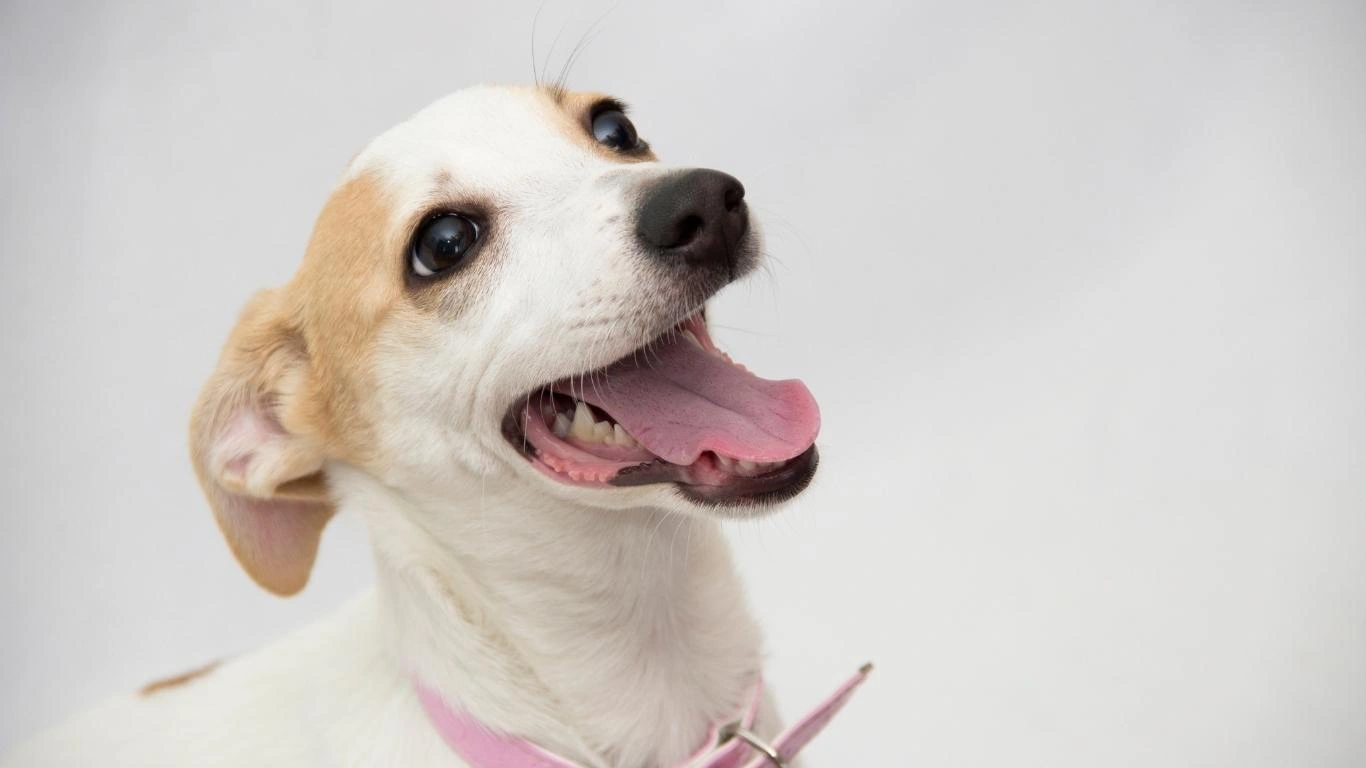
At this point, you’ve likely been following the right feeding plan, watching your dog’s hydration, and making sure they get the proper nutrients. But how can you tell if your dog is on the right track? As someone who’s worked with a variety of pets in recovery, I can tell you there are some clear signs that show a dog is making progress.
First, don’t expect everything to improve overnight. Recovery from malnutrition takes time—just like it would for a person. But, with patience and proper care, there are certain signs that indicate your dog is bouncing back and heading in the right direction:
1. Improved Appetite and Eating Habits
One of the first signs I look for when a dog is recovering is a healthy appetite. Dogs recovering from malnutrition often start off by being reluctant to eat, but once they begin to regain their strength, they’ll start to show more interest in food. If your dog is consistently finishing their meals and acting hungry between meals, that’s a positive sign of recovery.
However, don’t be discouraged if they still take their time finishing meals. Recovery is a gradual process, and some dogs take longer to get back to their usual appetite levels. The key is consistency, so stick to their feeding schedule, offer the appropriate food, and let them eat at their own pace.
2. Weight Gain (Gradual and Steady)
Steady weight gain is another sign that your dog is recovering well. It’s important to note that weight gain shouldn’t be rushed. If your dog is rapidly gaining weight, it could signal a problem, such as overfeeding or an underlying health issue. Ideally, your dog should gain weight gradually, in a healthy and controlled manner, based on their ideal body condition.
As I’ve advised many pet parents, I recommend working closely with your vet during the recovery phase to monitor weight gain and make sure it’s happening in a safe way. Too much weight too quickly can strain their joints, and it could lead to other issues like obesity in the future.
3. Increased Energy Levels
A significant recovery milestone is when your dog starts to show more energy. If your dog was previously lethargic or weak due to malnutrition, you should start noticing them getting more excited for walks, playtime, and other activities they used to enjoy. This is one of the most rewarding parts of the recovery process. You might notice your dog acting more like their old self—bouncing around with joy or even getting back to their normal routine.
However, keep in mind that some dogs may take longer to regain their full energy levels, especially if they’ve been severely malnourished. If your dog isn’t quite as energetic as they used to be, it’s okay as long as they’re showing improvements over time. Each dog’s recovery timeline is different.
4. Shiny Coat and Healthier Skin
When a dog is malnourished, it’s not uncommon for their coat and skin to become dull, flaky, or even patchy. As your dog starts to recover, you should begin to see their coat becoming shinier, softer, and overall healthier. Healthy skin and a shiny coat are great indicators that the dog is getting the right nutrition, including the essential fatty acids, vitamins, and minerals needed for skin and coat health.
If you notice that your dog’s skin condition is not improving after a period of time on a proper diet, it’s worth revisiting the diet plan and considering any other underlying health conditions that might be affecting their recovery.
When to Consult a Veterinarian During Recovery
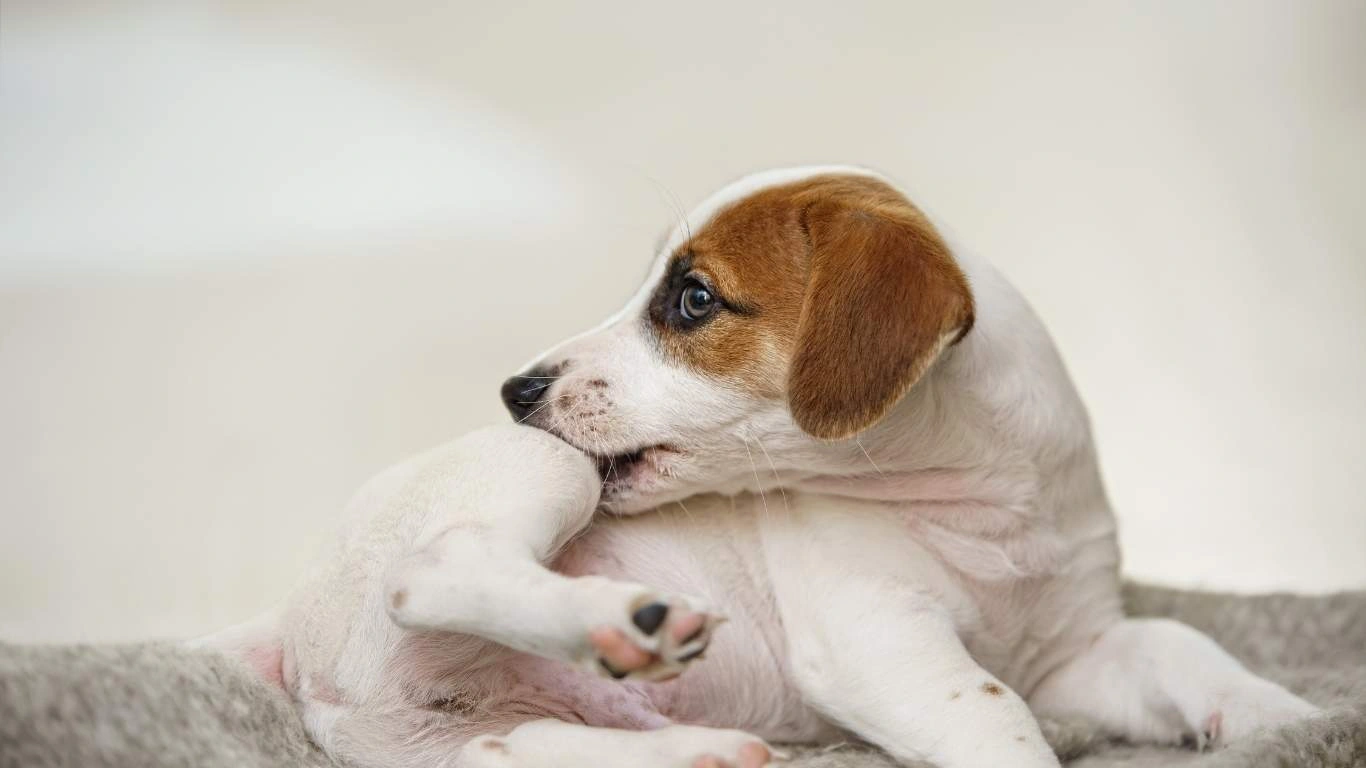
While you’re doing everything you can to support your dog’s recovery, there may be times when things don’t go as planned. In these cases, it’s always better to be safe than sorry. Here are a few situations where I strongly recommend seeking veterinary advice:
- Stagnant or Lack of Weight Gain: If your dog isn’t gaining weight after a reasonable period of time, or if they’re losing weight, it could indicate an issue beyond malnutrition, such as a digestive problem or an infection.
- Diarrhea or Vomiting: Persistent diarrhea or vomiting during recovery may be signs of an imbalance in the diet or even a food intolerance. It could also point to a more serious health issue that needs to be addressed.
- Severe Lethargy: If your dog continues to be lethargic and weak despite proper nutrition, it could be a red flag that something else is going on, such as an underlying disease or infection.
- Refusal to Eat or Drink: A dog that refuses food or water for more than a day or two after starting recovery may need veterinary intervention to rule out medical problems.
If any of these issues arise, don’t hesitate to consult your veterinarian. They may need to perform tests, adjust the feeding plan, or provide additional treatments to ensure your dog is recovering properly.
References and Resources for Dog Nutrition and Recovery
When it comes to nutrition and recovery for dogs, there are a few trusted resources that I rely on, both personally and professionally. Here are some links to articles and organizations that can provide more detailed information on proper pet nutrition:
- PawPatron – Dog Nutrition & Recovery Articles
- American Kennel Club (AKC) – Health and Nutrition for Dogs
- PetMD – Veterinary Articles and Resources
- American Animal Hospital Association (AAHA) – Pet Health Guidelines
These sources are a great starting point for pet parents who want to dive deeper into understanding dog nutrition and recovery. Keep in mind that while online resources can be helpful, your veterinarian is always the best guide when it comes to your dog’s specific health needs.
Disclaimer
The information provided in this article is intended to be general advice based on my experience as a pet nutritionist and pet care expert. However, each dog is unique, and their recovery process may differ based on a variety of factors. Always consult with your veterinarian before making any significant changes to your dog’s diet or treatment plan. This ensures that your dog is receiving the best care tailored to their specific health needs.
